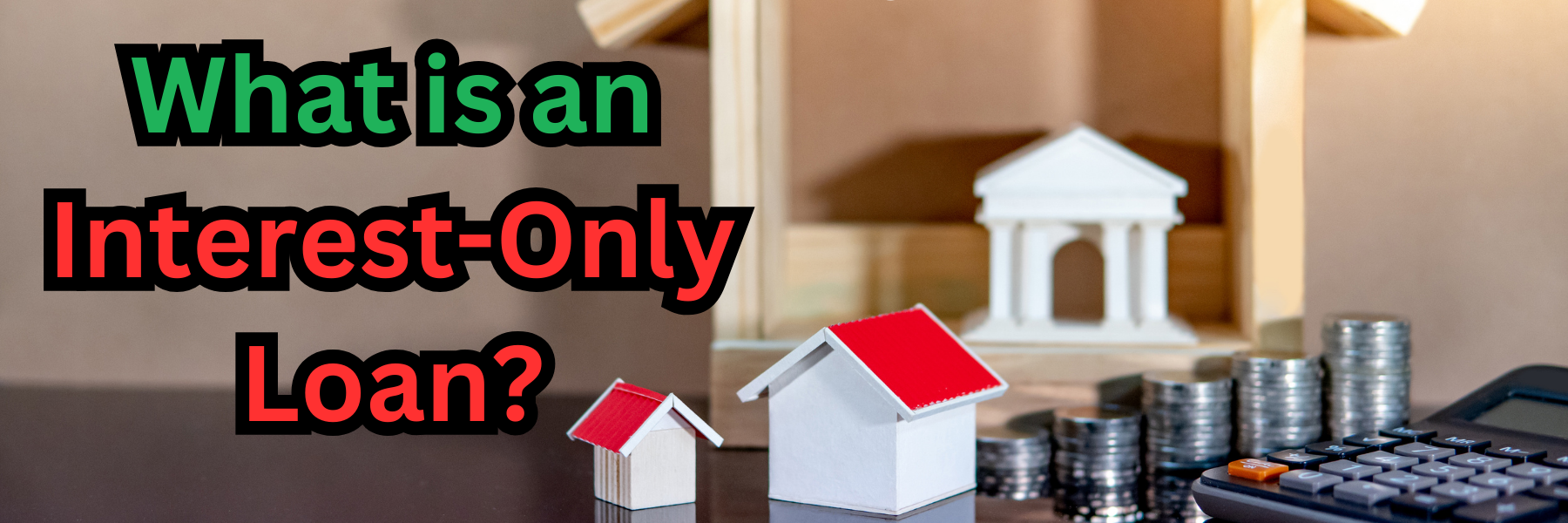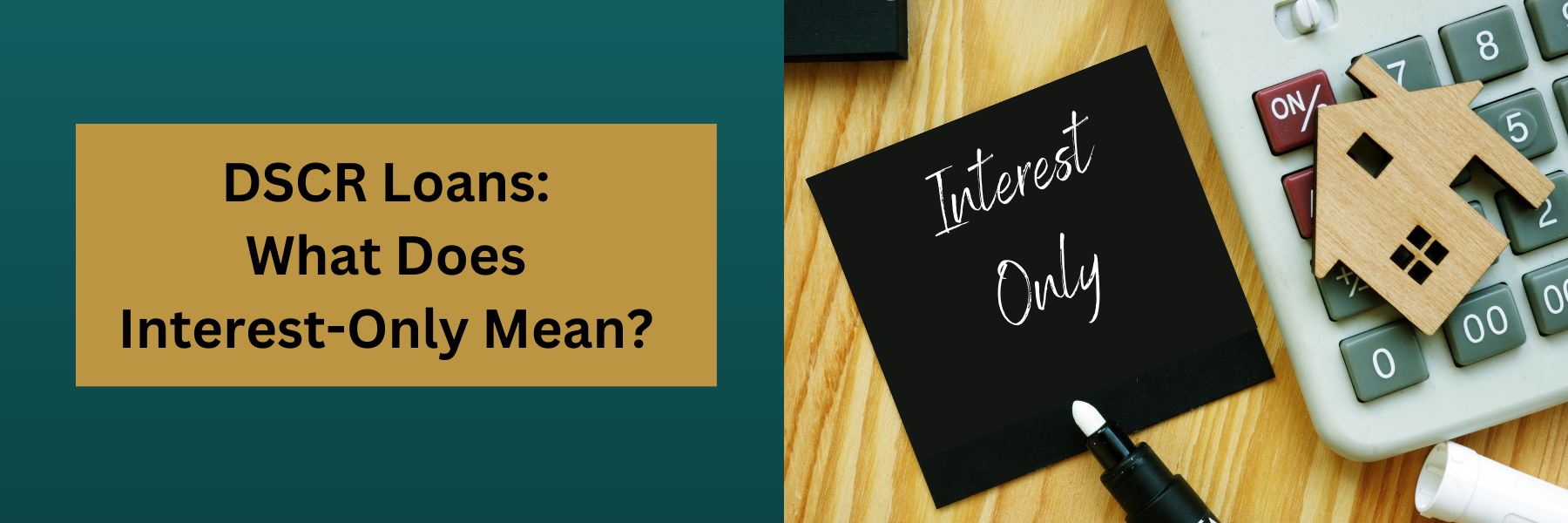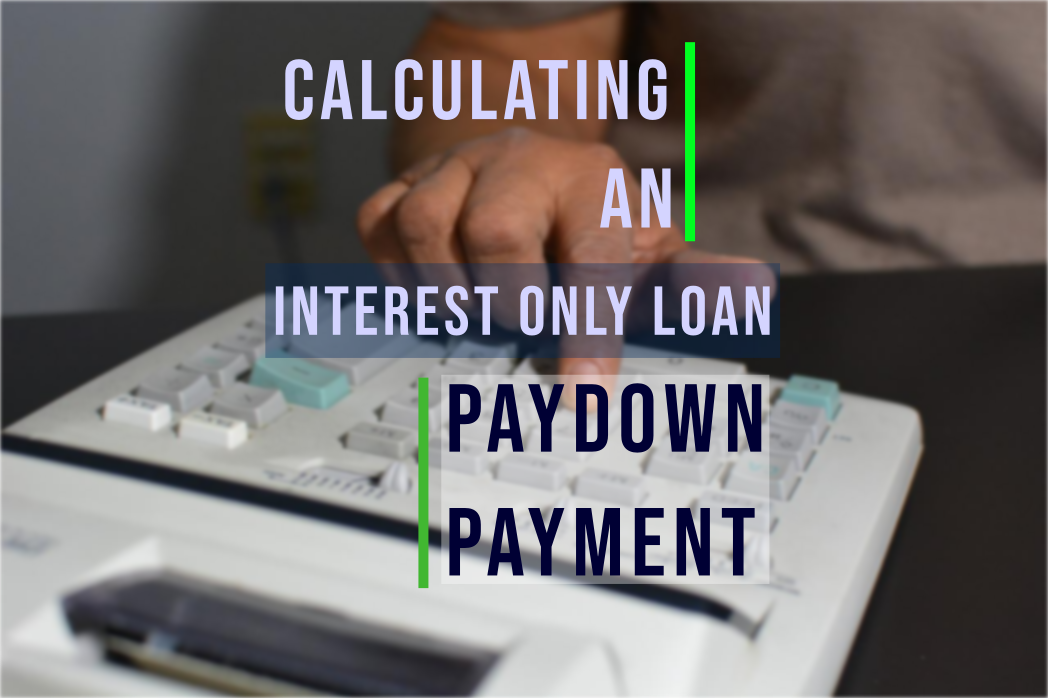Real Estate Investing: How to Make Money Now Versus Later
Welcome to the world of real estate investing! Whether you’re a seasoned investor or just starting, it’s essential to understand the different strategies that can help you make money now versus later. Let’s dive into how you can maximize your investments both short-term and long-term.
Making Money Now
Interest-Only Loans
An interest-only loan is a type of mortgage where you only pay the interest on the loan for a set period of time. This means that your monthly payments are lower because you’re not paying down the principal balance yet. By switching to an interest only loan you have an easier time qualifying, improve your cash flow, and can also be approved for higher loan amounts!
Making Money Later
Long-Term Investment Strategy
Real estate investing isn’t just about making money now; it’s also about building wealth over time. Here’s how long-term strategies can help you achieve that.
Different Philosophies in Real Estate Investing:
Some investors aim to buy properties and pay them off as a retirement plan. Others prefer to keep refinancing and taking out cash to reinvest. It is important to keep in mind that by refinancing, it can help you to take advantage of lower interest rates and property appreciation. It also allows you to pull out cash from your properties to reinvest or cover personal expenses.
Immediate Cash Flow vs. Long-Term Wealth:
-
Immediate Cash Flow:
-
-
- Great for investors who need cash now.
- Interest-only loans provide more monthly cash flow.
-
-
Long-Term Wealth:
-
- Ideal for investors focusing on future growth.
- Refinancing and property appreciation build wealth over time.
Factors to Consider When Choosing a Strategy:
- Personal financial goals
- Current market conditions
- Risk tolerance
Combining Both Strategies for a Balanced Portfolio:
- Use interest-only loans to improve cash flow now.
- Plan to refinance and invest in long-term properties for future wealth.
Conclusion
Real estate investing offers various strategies that can help you make money now and build wealth for the future. It is important to assess your personal goals, consider market conditions, and choose the right approach for your investment needs. For personalized advice and loan options, contact The Cash Flow Company. We’re here to help you succeed in your real estate investing journey!
Watch our most recent video to find out more about: Real Estate Investing: How to Make Money Now Versus Later





